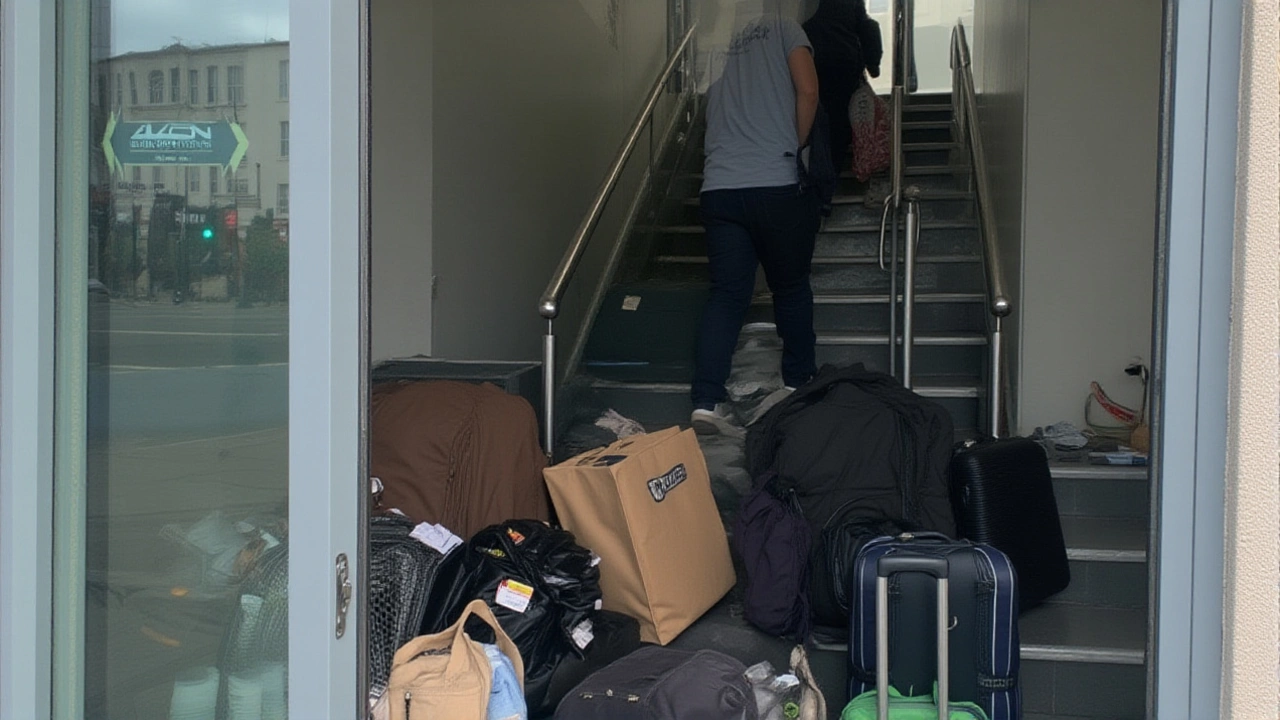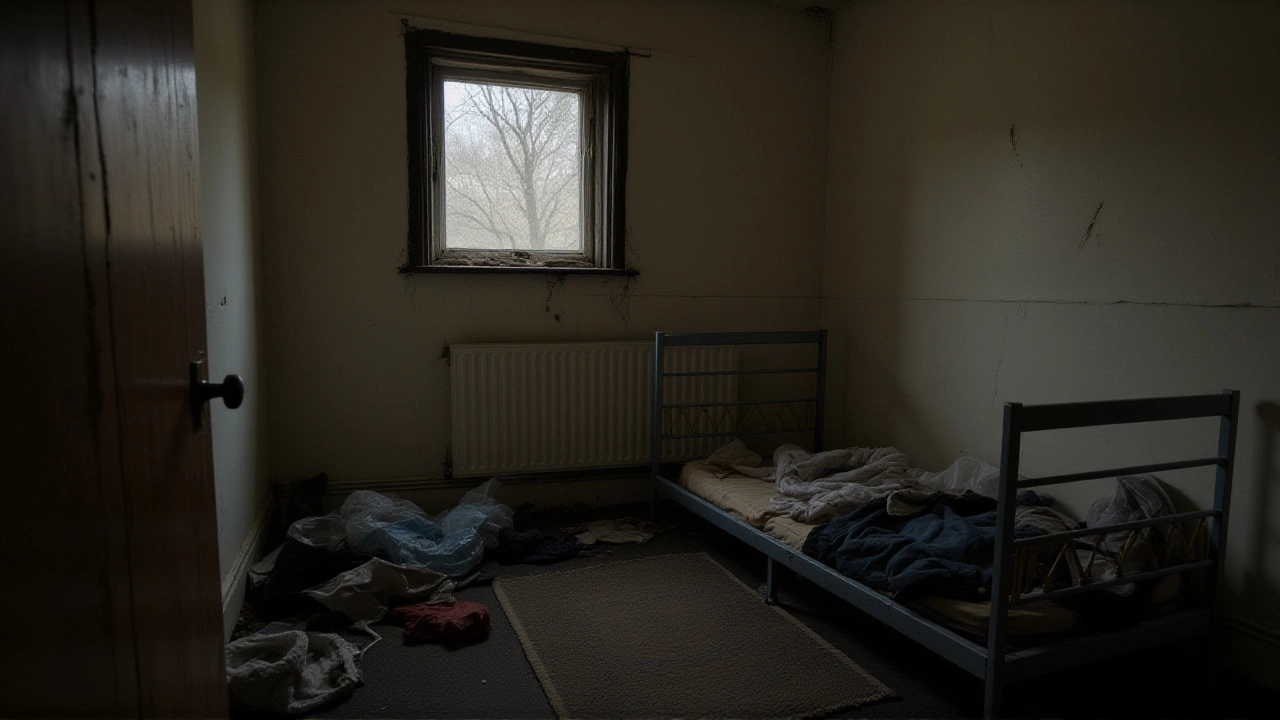When Clearsprings Ready Homes landed a tranche of UK government asylum‑housing contracts in January 2019, nobody could have guessed the profit surge that would follow.
Fast‑forward to the year ending January 2023, the firm reported a turnover of £1.3 billion – a jump from just £59.3 million a year earlier – and net earnings of £60 million, a 413‑fold increase. The bulk of those gains stemmed from a £180 million profit margin on the very contracts that were meant to house asylum seekers.
How the contracts were awarded
The Home Office awarded a ten‑year, £4 billion portfolio in 2019 to three private operators: Serco, Mears and Clearsprings Ready Homes. The tender process was framed as a cost‑effective solution to a swelling asylum‑seeker population, with the Treasury estimating a £1 billion price tag over the decade.
What the original estimate missed was the scale‑up: the contracts quickly grew to cover large‑site estates, hotel conversions and purpose‑built units across England and Wales.
Financial explosion and the man behind the yacht
Chief executive Graham King – a former finance director turned private‑sector mogul – has turned that growth into personal wealth. Sources say he has been spotted horseback riding on Antigua’s beaches and lounging on a luxury yacht cruising the Aegean.
Behind the scenes, the numbers tell a stark story:
- Turnover rose from £59.3 million (Jan 2019) to £1.3 billion (Jan 2023).
- Net profit jumped to £60 million, a 413‑times increase.
- £180 million profit credited directly to asylum‑housing contracts.
- Government’s ten‑year spend estimate: £4 billion for three firms.
- Application backlog: over 70,000 pending cases as of mid‑2024.
Government’s justification versus audit reality
In March 2024 the Home Office released a briefing claiming the new ‘large‑sites’ programme would “limit the burden on the taxpayer”. Yet the same month, the National Audit Office – NAO – disclosed that its own calculations showed large sites would actually cost more than the hotel‑based model the department had previously used.
Former immigration minister Robert Jenrick had been blunt: “We need to suffuse our entire system with deterrence. That is why we are bringing forward new sites.” His comments suggest that fiscal prudence was never the primary driver.

Critics and calls for a non‑profit model
Human‑rights charities have been vocal. Refugee Action released a statement urging a return to a non‑profit, locally managed asylum‑accommodation system, arguing that private‑sector profit motives compromise both quality of life for seekers and value for the public purse.
Local authorities, many of which have been left out of the current contract loop, echo that sentiment, pointing to cramped, poorly maintained sites that have attracted criticism from watchdogs and the media alike.
Impact on taxpayers and asylum seekers
For the average British voter, the headline numbers are hard to swallow: £4 billion earmarked for a handful of firms, while the Home Office’s own audit hints at hidden costs.
Asylum seekers, meanwhile, face a two‑fold challenge. On one hand, backlogs mean families wait months, sometimes years, for decisions. On the other, the accommodation they are placed in often falls short of basic standards – insufficient heating, limited outdoor space, and a sense of isolation that can exacerbate trauma.

What’s next? Policy options on the table
Parliament’s Public Accounts Committee is set to hold a session in autumn 2024 to scrutinise the contracts and the NAO’s findings. Suggested reforms include:
- Re‑tendering the portfolio with strict profit‑cap clauses.
- Shifting a larger share of accommodation duties to local councils under a non‑profit framework.
- Introducing transparent, quarterly reporting on per‑bed costs and service quality.
Whatever the outcome, the episode underscores a broader tension between profit‑driven outsourcing and the public‑service ethos that underpins the UK’s asylum system.
Historical backdrop: the ‘large sites’ idea revisited
The notion of consolidating asylum seekers in big, purpose‑built camps isn’t brand‑new. It first surfaced under Home Secretary David Blunkett in the early 2000s, only to be shelved after public outcry. The Conservative government resurrected it in 2020, positioning it as a cost‑saving measure – a claim that now appears, at best, questionable.
Since then, the three contractors have collectively earned billions, but the promised economies of scale have been clouded by rising per‑bed expenses and mounting criticism from the charity sector.
Frequently Asked Questions
How do the profits of Clearsprings Ready Homes affect UK taxpayers?
The firm’s £180 million profit on asylum contracts means that a larger slice of the £4 billion budget goes to private profit rather than to service delivery. Combined with the NAO’s finding that large‑site models cost more than hotels, taxpayers may ultimately shoulder higher expenses for a system that was marketed as cheaper.
What alternatives are being proposed to the current private‑contract model?
Charities like Refugee Action and several local authorities suggest a non‑profit, council‑run framework. This would remove profit caps, increase transparency, and potentially improve living standards for asylum seekers while delivering better value for money.
Why does the Home Office continue to push ‘large sites’ despite higher costs?
According to former minister Robert Jenrick, the aim is deterrence – to make the asylum process appear less attractive. The financial justification appears secondary, as the NAO report shows large sites are more expensive than the previously used hotel model.
What is the current state of the asylum application backlog?
As of mid‑2024, more than 70,000 applications remain pending, marking the highest backlog in a decade. Delays are attributed to staffing shortages, the complexity of cases, and the logistical challenges of processing claims across dispersed accommodation sites.
Who are the other two companies sharing the £4 billion contract?
The contracts are split between Serco and Mears. Both have faced their own scrutiny over cost overruns and service quality, but Clearsprings’ profit surge has drawn the most media attention.


